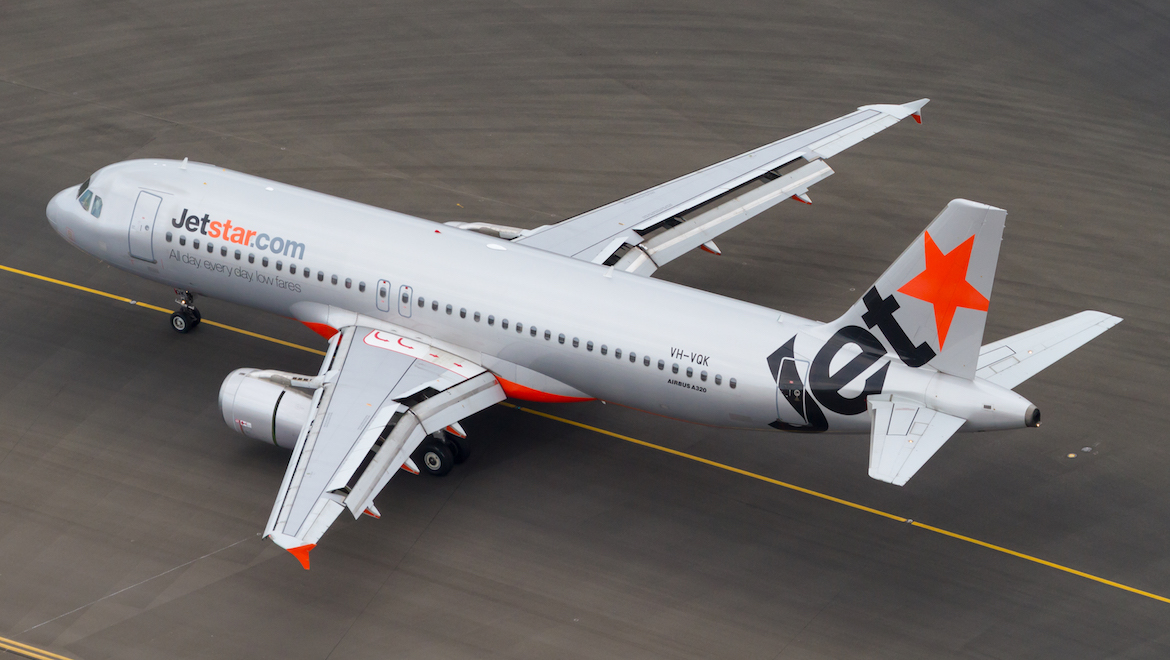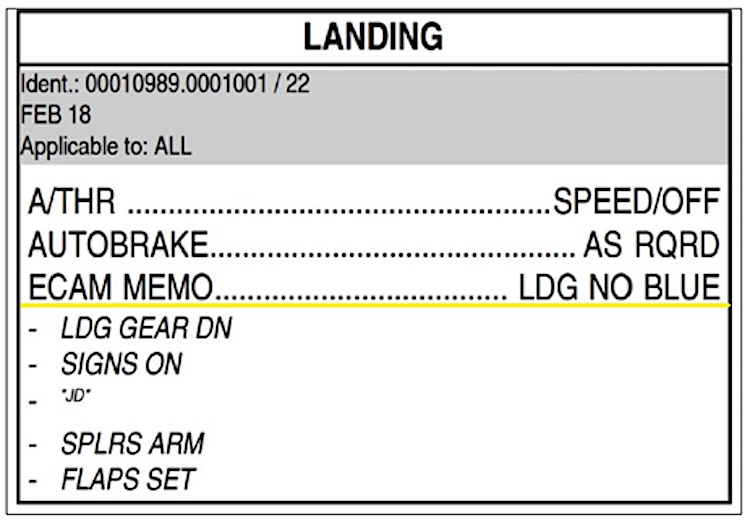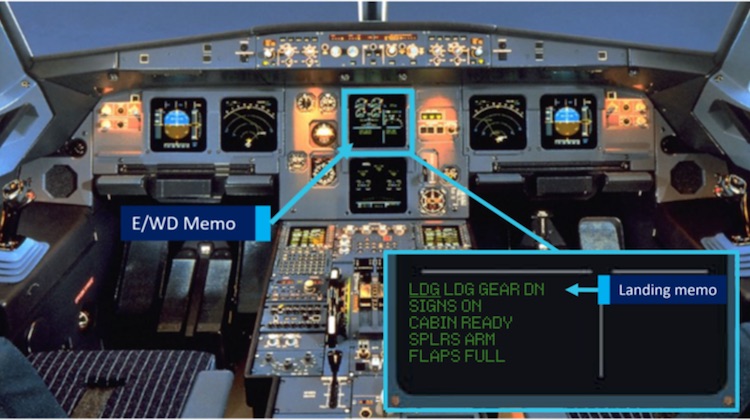
A Jetstar Airbus A320 did not have its landing gear down during one of two aborted attempts to land, an Australian Transport Safety Bureau (ATSB) investigation has found.
The incident occurred on May 18 2018, when Jetstar A320 VH-VQK was operating a regular public transport (RPT) flight from Sydney to Ballina/Byron Gateway Airport.
The ATSB final report published on Tuesday said the aircraft conducted a go-around on the first approach to Ballina because the aircraft’s flight path did not meet Jetstar’s stabilised approach criteria.
In particular, the flight crew “did not fully complete the standard go-around procedure, resulting in the aircraft’s flaps remaining at Flaps 3 rather than Flaps 1 during the subsequent visual circuit at 1,500 ft”.
“This created a series of distractions leading to a non-standard aircraft configuration for a visual circuit. Limited use of available aircraft automation added to the flight crew’s workload,” the ATSB final report said.

The ATSB final report said that following the first go-around the flight crew did not select the landing gear DOWN “as they had commenced the configuration sequence for landing at the Flaps 3 setting”.
Further, the two pilots incorrectly actioned the landing checklist, which prevented the incorrect configuration for landing being identified and corrected.
“At about 700 ft radio altitude, a master warning was triggered because the landing gear had not been selected DOWN,” the ATSB final report said.
The flight crew responded promptly to the warning and initiated a second go-around. The aircraft made a successful landing on the third attempt.
“Following both go-arounds, the captain elected to conduct non-standard right circuits,” the ATSB final report said.
“This increased the potential for traffic conflicts with other aircraft, and flight crew workload managing such conflicts.”

The ATSB final report noted an incorrect aircraft configuration for landing was rarely the result of a single action or identifiable event.
In this incident, a number of factors combined to result in an “unintended outcome”, namely the conduct of the second approach to without the landing gear selected DOWN.
“This occurrence highlights the importance of adherence to standard operating procedures and correctly monitoring the aircraft’s approach and parameters to provide assurance a visual approach can be safely completed,” ATSB transport safety director Dr Stuart Godley said in a statement.
“Following standard procedures mitigates the risk of the selection of inappropriate auto-flight modes, unexpected developments, or confusion about roles or procedures that can contribute to decisions and actions that increase the safety risk to the aircraft and its passengers.”
The ATSB final report said the two Jetstar pilot “attended debriefings with flight operations management and were provided with specific simulator and line flying training related to the occurrence”.
The full report in on the ATSB website.
VIDEO: An Australian Transport Safety Bureau (ATSB) video showing the flight path of the Jetstar Airways Airbus A320.















